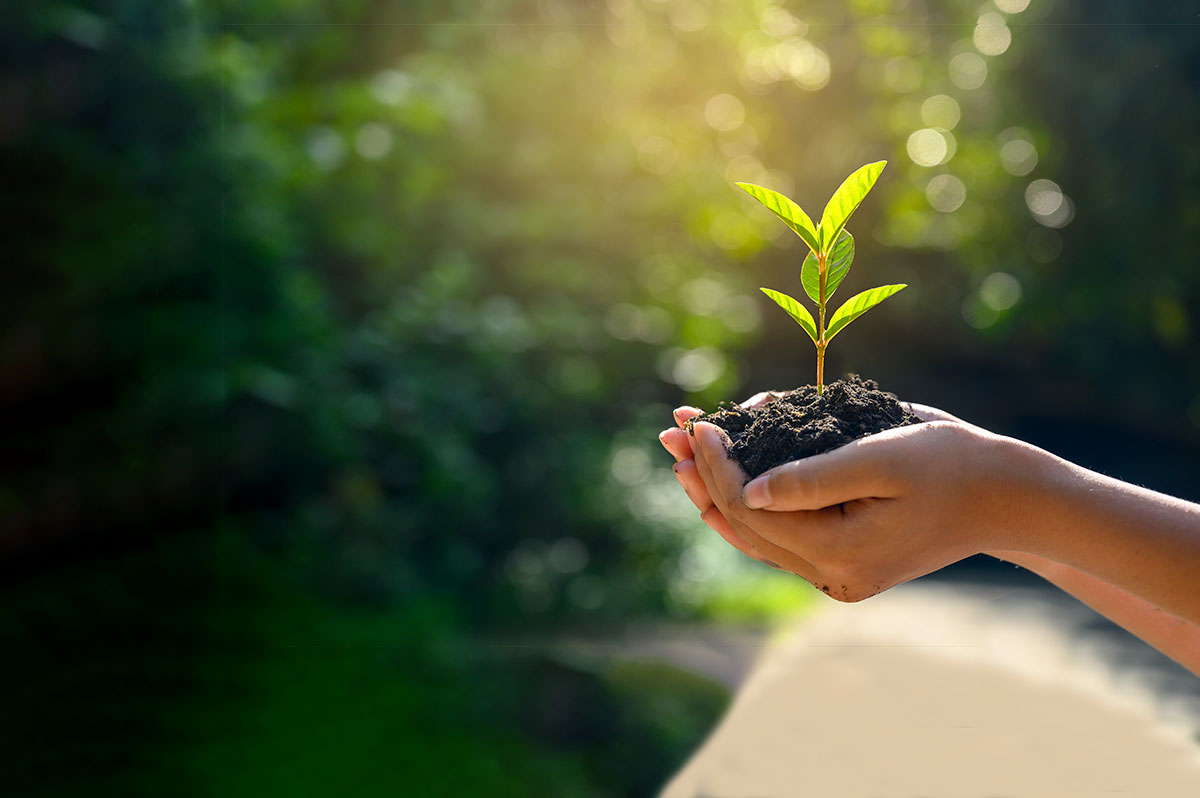Commercial buildings are getting larger. Of the 55 percent of buildings built between 1960 and 1999, the average size is 16,300 square feet. Meanwhile, the buildings built since 1999 have an average size of 19,000 square feet – an increase of almost 3,000 square feet. What does this have to do with sustainable roofing?
Bigger buildings mean bigger roofs. A one-story warehouse with an average size of 19,000 square feet will need more than 19,000 square feet of roofing material to cover it up. That’s a vast amount of surface area – surface area that’s usually flat or at a very slight pitch. In other words, it’s a surface that makes a perfect foundation – flat and barely occupied – for sustainability.
If you found an extra 19,000 square feet of space in your building, you’d use it for something, right? And since you can’t really use a roof as a loading dock or a packing and sorting facility, your best bet is to use your roof to pay for the rest of your building. Using the right materials, resources, and technologies, you can use your newly sustainable building to offset significant building costs, generate your own electricity, and increase the lifespan of your roof.
Where to Start with Sustainable Roofing?
Depending on where your building and your roof are located, you may have different concerns and priorities when it comes to creating a sustainable roof.
- Weather: If you’re concerned about the weather (for example, escalating climate change posing a threat to your roof), look into creating a resilient roof. A resilient roof is a sustainable roof, because when your roof lasts longer it means that you end up using fewer materials to repair it – and it saves your roofing material from ending up in a landfill for as long as possible.
- Appearance: If you’re an office or retail building, you want to make all areas of your building look nice for your tenants – including the roof. Installing plants and greenery atop your roof can make it a beautiful place that stands out from the city skyline. As an added benefit, your green roof keeps the building cooler and acts as an extra protective layer against extreme weather.
- Temperature: Keeping a building cool in the summer can mean using a lot of electricity. What’s known as a cool roof, however, offers passive cooling benefits that can significantly reduce energy costs. What’s more, simply painting a roof white – or upgrading to a reflective roofing membrane – gives you all of the benefit, lowering temperatures on the roof surface by as much as 50 degrees Fahrenheit
- Electricity: Solar panels! Solar panels have become efficient enough to provide commercial building owners with an ROI in as few as three years – but that’s not all. Solar panels also provide a passive cooling effect by keeping the roof in shade, no matter what. They also provide an extra barrier against impacts. In short, solar panels are great, and are more than worth the initial investment.
Protecting Your Sustainable Roofing Investment with PHP Systems/Design
If you’re interested in implementing sustainable roofing systems, you need to have a plan for safely installing and maintaining them. Creating these systems means placing substantial amounts of manpower atop your roof. If you don’t have a plan, you workforce could end up doing substantial damage to the rooftop just by walking around – or worse, you could be inviting a safety issue.
With PHP Systems/Design, your building gets a custom-designed galvanized steel walkway that uses non-penetrating fasteners to safely elevate both workers and equipment from the roof surface. With this protection, your facility can add railings to the roof edge, protect workers from slips and falls, and keep sensitive plumbing and electrical equipment from direct contact with the rooftop surface.
Adding the correct infrastructure to your sustainable rooftop implementation will help protect your investment and make it easier to maintain over the long run. Suspending the irrigation pipes for a green roof, for example, will make it easier to detect and mitigate leaks. Meanwhile, adding walkways around solar panels will make it easier for maintenance crews to regularly remove dust and debris – helping to keep them efficient for the long term.
Turn your dreams of sustainability into a reality today!




